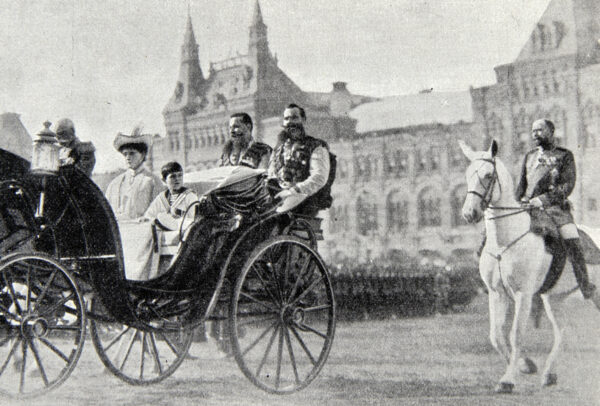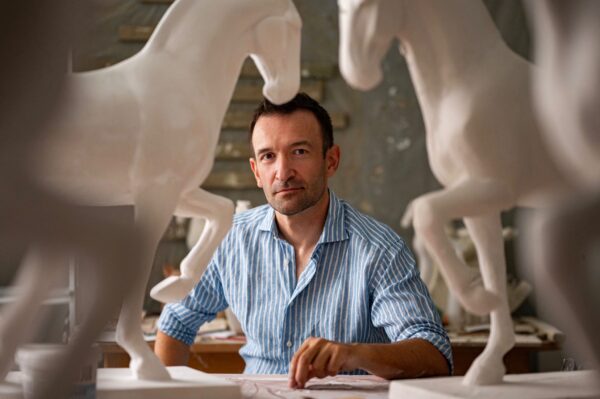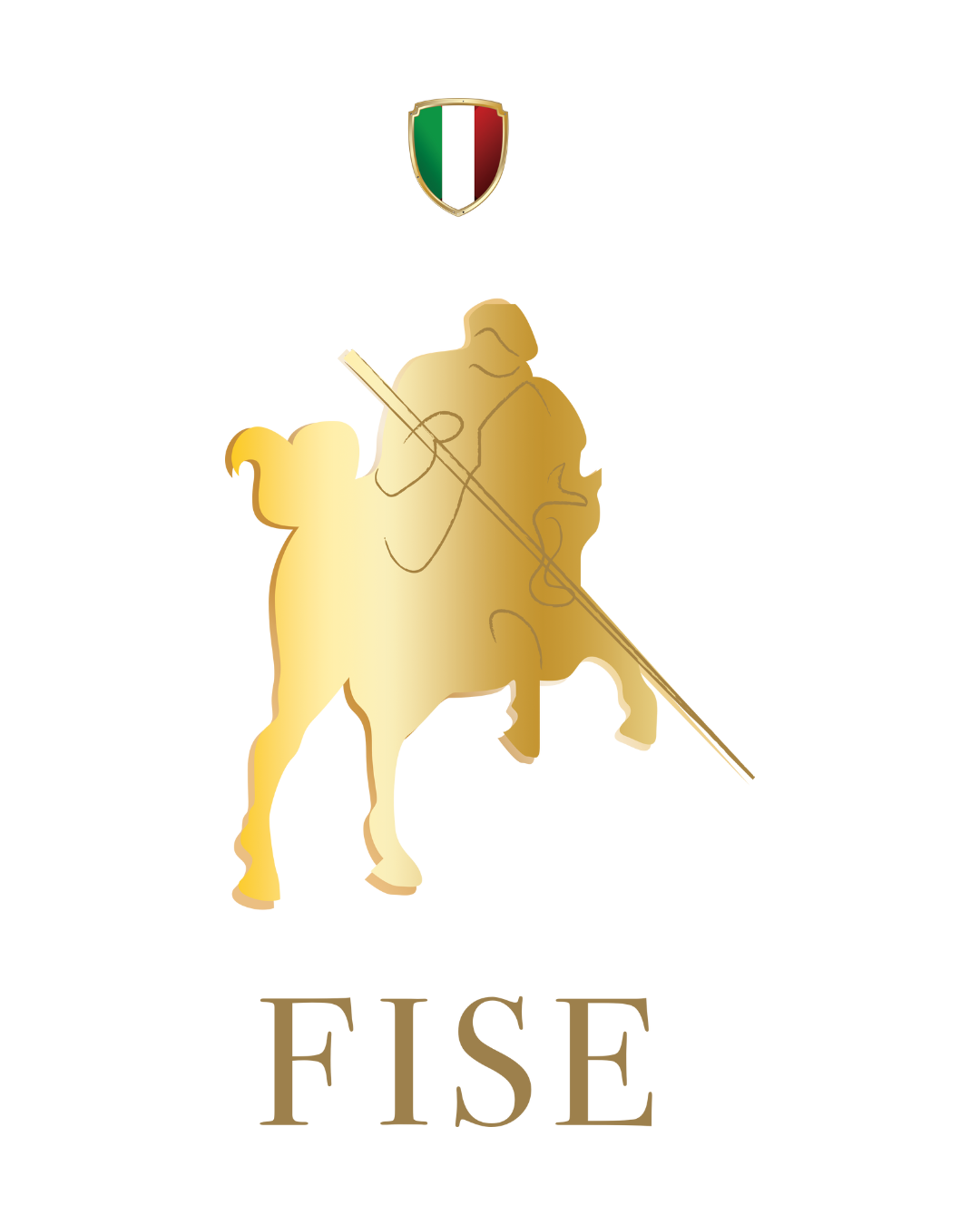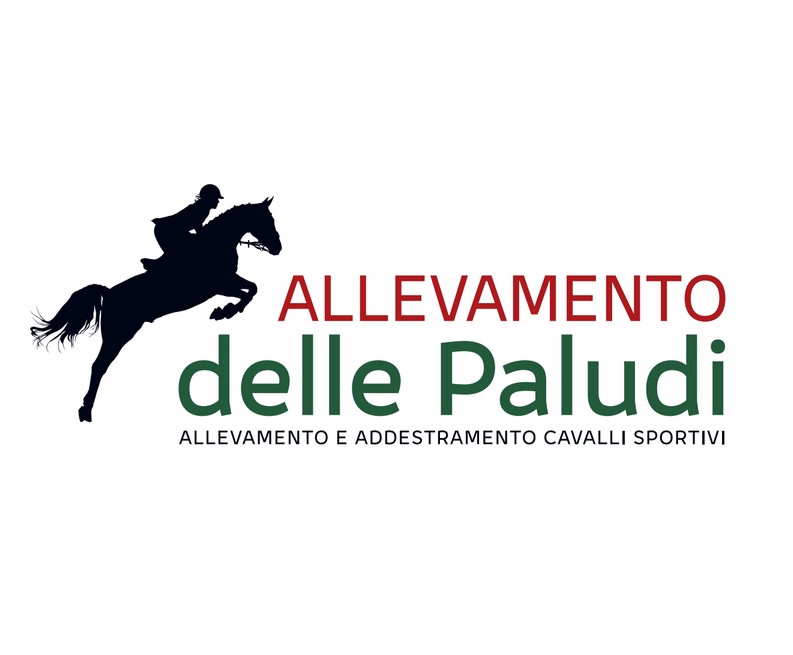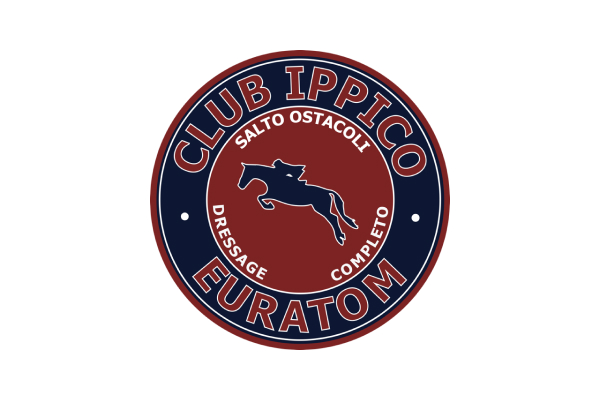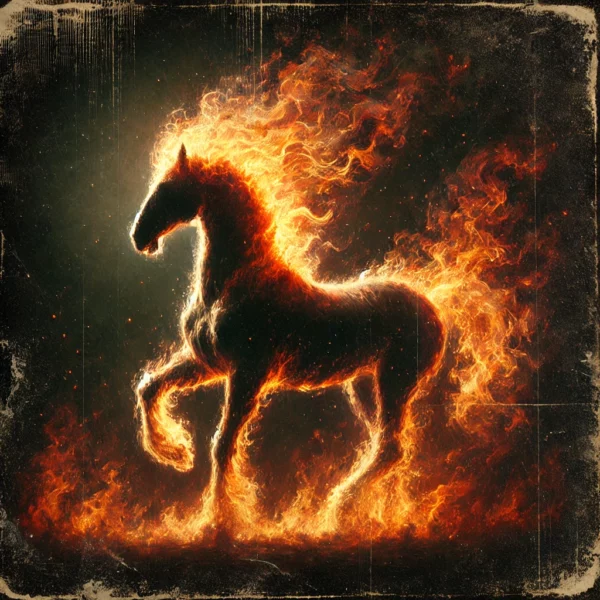
Paper Horses: The Equestrian Myth in European Literature between the 19th and 20th Centuries
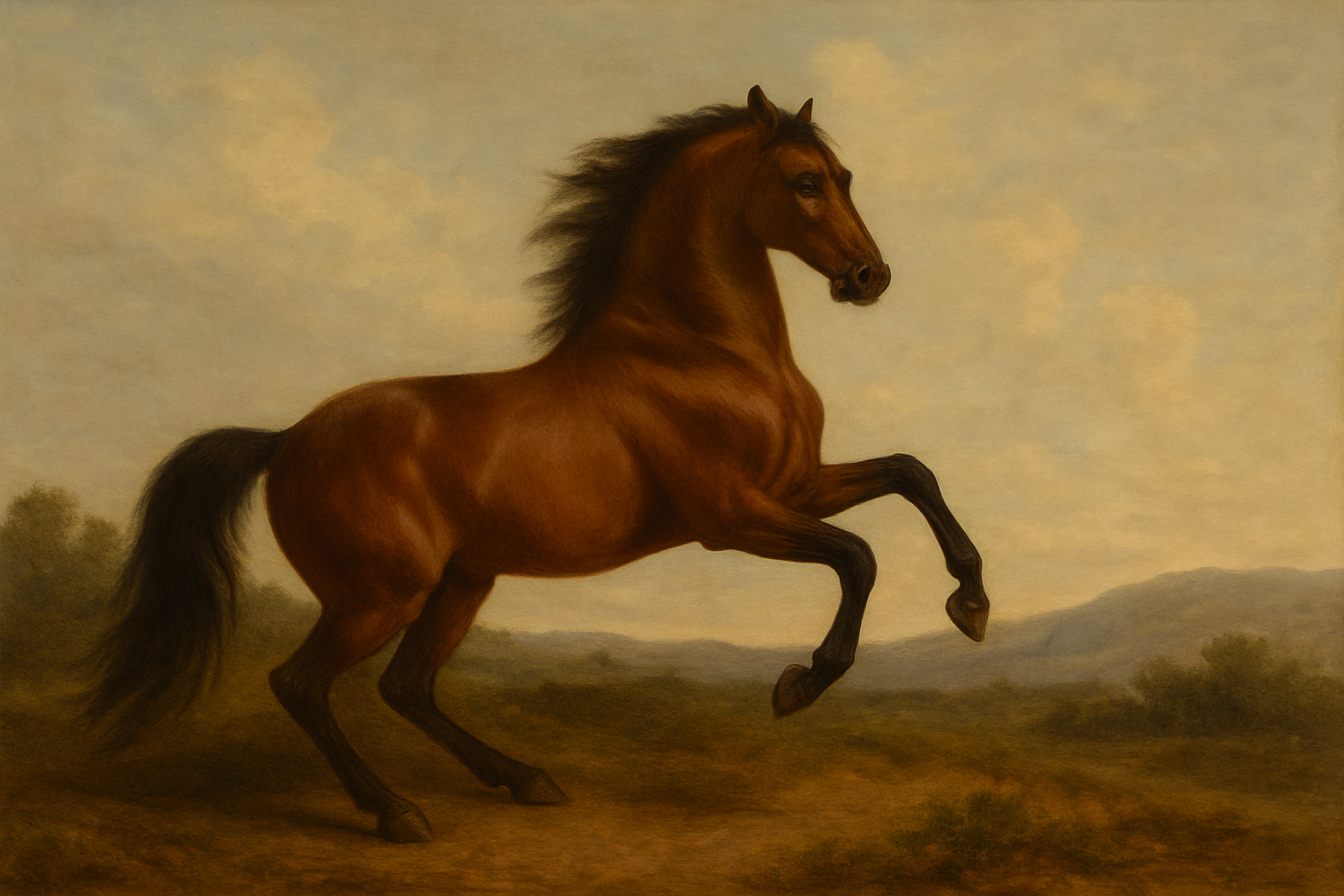
Horses have always captivated the human imagination, and their presence in literature is both enduring and powerful. In the context of the equestrian myth, they embody strength, freedom, and nobility, becoming more than just animals—they are symbols deeply rooted in cultural narratives. Between the late 19th and early 20th centuries, during a time of significant social and cultural transformation, many European writers used the figure of the horse to express the era’s tensions, ideals, and inner conflicts.
Gabriele D’Annunzio: The Horse as a Symbol of Strength and Beauty
Gabriele D’Annunzio, a central figure of Italian Decadentism, developed a deep passion for horses from a young age. His first horse, a Sardinian bay named Aquilino, was a source of affection and poetic inspiration. Later, he owned other horses such as Murgione, a grey Arabian, and Silvano, to whom he dedicated verses in his collection Primo Vere.
In D’Annunzio’s work, the horse often symbolizes nobility, spiritual strength, desire, and power. In Alcyone, for instance, the horse Agrio accompanies the poet on a journey through nature, embodying primal energy and man’s aspiration to transcend his own limits.
Even in his private life, D’Annunzio celebrated the horse: in the garden of the Vittoriale—his residence in Gardone Riviera—stands a sculpture of a blue horse, a symbol of his aesthetic vision and personal bond with the animal.
Giovanni Pascoli: The Horse as Witness of Sorrow
Giovanni Pascoli, poet of memory and grief, endured a tragic childhood: at just twelve years old, he lost his father, Ruggero Pascoli, who was murdered while returning home in a cart drawn by his grey mare. This traumatic event deeply influenced his poetic vision.
In the poem La cavalla storna, included in the 1903 collection Canti di Castelvecchio, Pascoli revisits that tragic day. The mare, the only witness to the murder, becomes a symbol of loyalty and remembrance:
“O little mare, grey little mare,
who carried him who comes no more;
you understood his voice, his every sign!”
The poem expresses the poet’s sorrow and his search for comfort in nature and animals—central themes of his poetic world.
Ada Negri: The Horse as a Metaphor for Freedom and Desire
Ada Negri, Italian poet and writer, used the image of the horse to express desires for freedom and passion. In her poem Arabian Horse, the animal evokes dreams of distant lands and wild rides:
“Do you dream perhaps of yellow meadows,
do you dream perhaps of warm plains
scorched by the sun? Vast mirages of burning sands,
daring gallops of neighing horses
across the native soil?”
Thus, the horse becomes a symbol of uncontainable longing for escape and a deep connection to wild, authentic nature.
The Horse in European Literature
England: Lord Byron and the Legend of Mazeppa
One of the most iconic examples of the horse as a symbol in English literature is Mazeppa (1819) by Lord Byron. Based on a Ukrainian legend, the poem tells the story of Ivan Mazeppa, punished for a forbidden love affair by being tied naked to a wild horse and set loose across the steppes. The horse becomes a metaphor for uncontrollable passion, suffering, and transformation. The frenzied ride represents an initiatory journey—a purification through pain and endurance.
Germany: The Rider on the White Horse by Theodor Storm
In Germany, Theodor Storm wrote the novella Der Schimmelreiter (“The Rider on the White Horse”) in 1888. It tells the story of Hauke Haien, a hydraulic engineer who attempts to protect his community from floods by building innovative dikes. His white horse symbolizes his struggle against nature’s forces and human ignorance. After his tragic death, legend has it that his spirit continues to ride along the dikes during storms, protecting the people.
Russia: Kholstomer by Leo Tolstoy
Leo Tolstoy, in his 1886 story Kholstomer, adopted a groundbreaking narrative perspective by telling the story from a horse’s point of view. Through the animal’s eyes, Tolstoy critiques human social conventions, highlighting hypocrisy and injustice. The horse, a symbol of purity and innocence, becomes a powerful tool for ethical and philosophical reflection.
Spain: The Horse in Federico García Lorca’s Poetry
In Spain, Federico García Lorca frequently used the image of the horse in his poetry, associating it with themes of death, passion, and fate. In Romancero gitano, the horse often appears in tragic settings, symbolizing mysterious and inescapable forces that govern human life. For example, in Romance sonámbulo, the horse emerges as a dreamlike and symbolic presence:
“Green, how I want you green.
Green wind. Green branches.
The ship upon the sea
and the horse on the mountain.”
Here, the horse becomes an emblem of inescapable destiny and overwhelming passion.
Traces in the Dust: The Legacy of the Horse in 19th-Century Literature
Through these examples, the horse emerges as a multifaceted figure in 19th-century European literature, taking on meanings that range from strength and nobility to suffering and transcendence. Its presence reflects the tensions and longings of a changing era, serving as a mirror to the anxieties and hopes of modern humanity.
Bibliography
• D’Annunzio, Gabriele. Primo Vere.
• Pascoli, Giovanni. Canti di Castelvecchio.
• Negri, Ada. Fatalità.
• Byron, Lord. Mazeppa.
• Storm, Theodor. The Rider on the White Horse.
• Tolstoy, Leo. Kholstomer.
• García Lorca, Federico. Gypsy Ballads (Romancero gitano).
Alessia Niccolucci
Immagine: D’Annunzio a cavallo, via Wikimedia Commons
© Rights Reserved.





.png)
